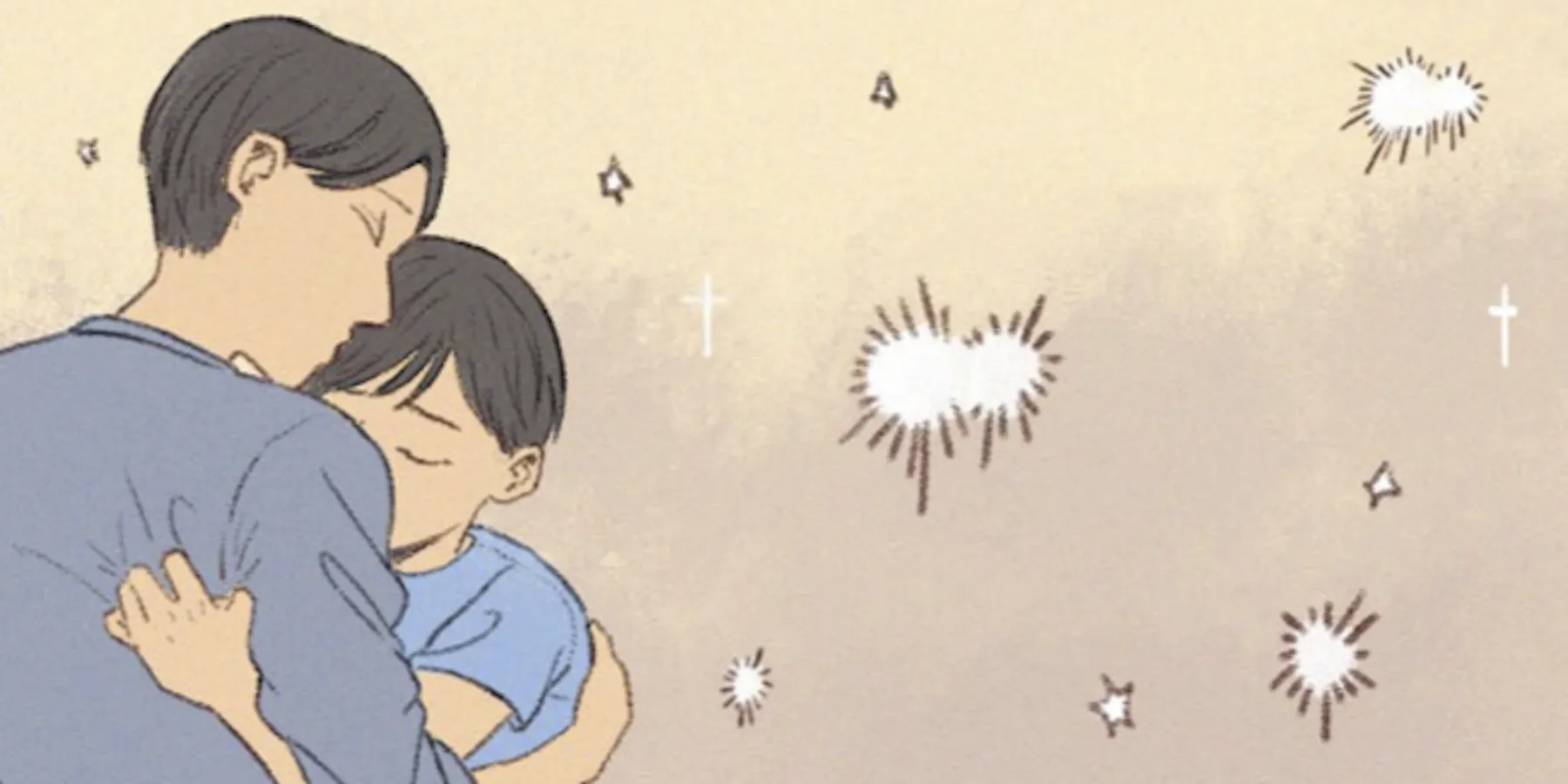Abstract
Homelessness has enduring consequences for children throughout their lifespan. One role of clinicians as sources of social and cultural power in US society is to promote equitable health care for all as a right from birth to death. This graphic considers clinical and ethical dimensions of community- and health professions-based obligations to children experiencing homelessness.
Figure. Advocating for the Most Vulnerable: Child Homelessness

Media
Photoshop 21.2.1 on Surface Pro 7.
Caption
Denial of children’s basic needs and human rights is a product of poverty, racism, sexism, and violence. Clinicians cannot properly care for patients experiencing homelessness without understanding homelessness as a risk factor for diminished life quality and decreased life span.
Public discussion of homelessness often neglects its impact on children and the growing number of children experiencing homelessness in the United States. My aim in creating this comic was to represent children’s faces among those who experience homelessness and to illustrate how children become homeless and experience its negative social and health consequences. Without taking into account how homelessness influences all stages of a person’s life, attempts to respond with care to the needs and vulnerabilities of people experiencing homelessness will fall short.




